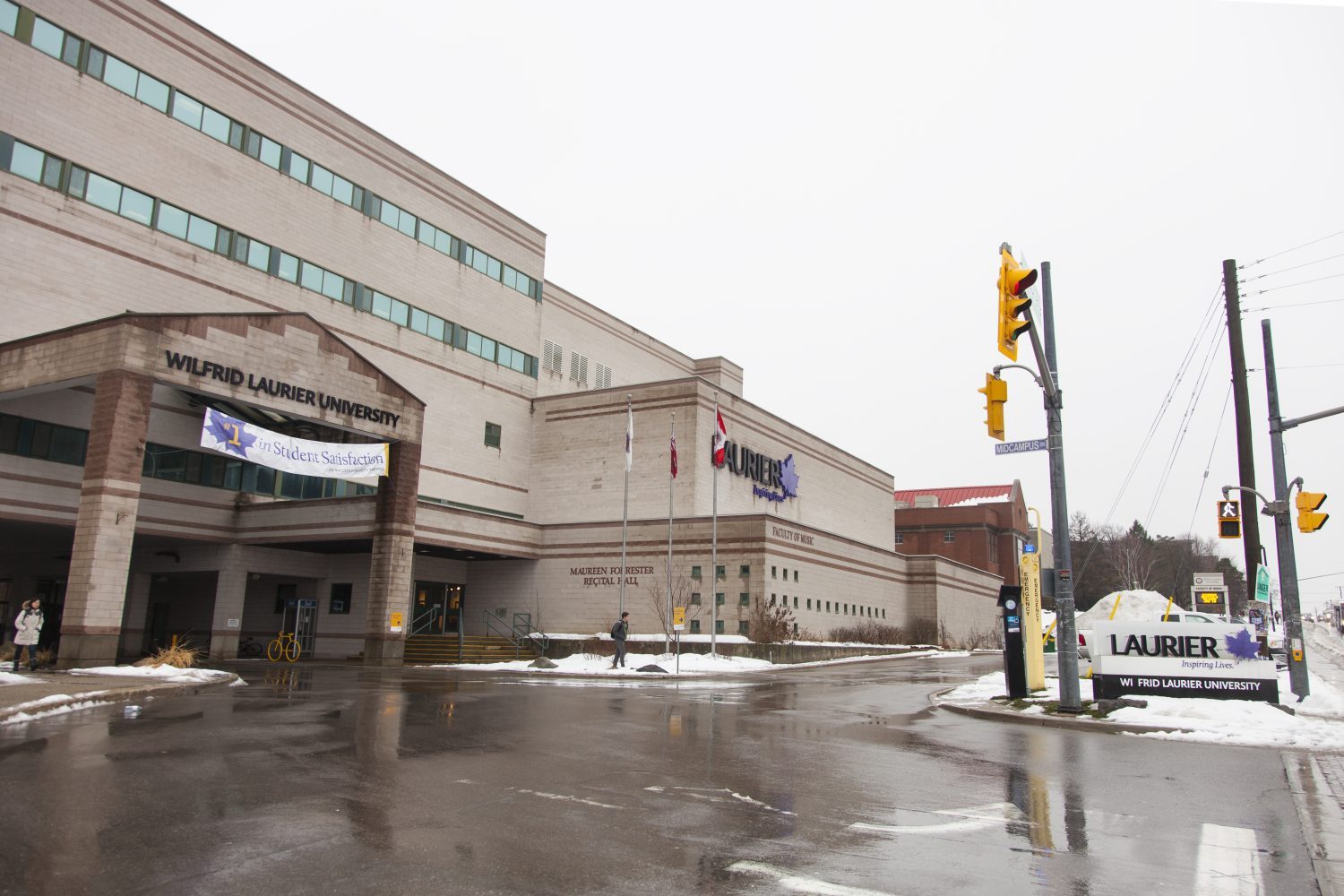Developments in establishing a Laurier Milton campus


Since Oct. 2016, further updates have been established in developing a Wilfrid Laurier University Milton campus.
On Oct. 26, the Ontario provincial government announced their support in establishing post-secondary in Milton and Brampton. The university then moved forward with their goal of developing a campus in Milton following the announcement.
Last month, the province confirmed details of the process for Ontario universities to express their interest in both regions. Deborah Dubenofsky, vice-president: Finance & Operations, explained how the government reiterated the focus of importance on STEAM: Science, Technology, Engineering, Arts and Mathematics; an educational approach as a way of guiding students’ dialogue and critical thinking. Dubenofsky also served as the executive director and senior project lead for Laurier’s bid for a Milton campus.
According to Dubenofsky, the government also provided details in their announcement relating to their expectations to the achievable number of students on each campus, which is one thousand students on both Brampton and Milton campuses over a two to five-year period. It has also been indicated that there is $180 million available for both campuses. However, there is no indication of how the money would be allocated.
“We anticipate that it will be based on the information submitted to government and the government would assess the scope of the project and determine the funding from that point,” Dubenofsky said.
By March 6, universities who are interested in the expansion to either Milton or Brampton are required to submit a template to the government, which requests information on financial expectation, academic elements and partnerships.
“They’re asking for a very high level description of what’s intended, so institutions that want to do that will have until March 6 to submit that,” Dubenofsky said.
Between March and May 2017, the government will consider the expression of interests from universities and will select a few to participate in stage two of their process, which, according to Dubenofsky, is focused more on discussing the elements of the proposal that were outlined in the first stage. Between May and July, the government will participate in focused discussions with the universities which they consider most closely reflect what the government is most interested in accomplishing. From July to the fall, the government will finally consider their interests and announce the successful universities. According to Dubenofsky, Laurier’s Senate and Board of Governors will consider the preliminary analysis from the university’s senior administration and will give approval to submit a proposal or template as part of the government’s first stage.
“We’ll have the more focused discussions with our governing bodies once we get into the discussion with the government, assuming that we pass that first hurdle of March 6,” she continued.
“All of the senior administration is doing its best to do the financial analysis, the academic program mix, the opportunity for research, the student experience, those are all things that are of primary importance to all of us at Laurier so it is a shared priority for all of us.”
Since 2008, Milton and Laurier signed an agreement to work together in establishing a university presence in Milton. As part of this process, the town of Milton set aside 400 acres called the Milton Education Village. Fifty acres of the land can be developed for university purposes.
Laurier would also be the steward of 100 acres of the land that would be available for passive uses, such as trails and recreation.
“It would also be available to us for academic uses, research and so on and it would also be available to our Indigenous program potentially for camps and so on and so all in its 150 acres available to university,” Dubenosky explained.
As for transportation services, Milton is currently served by Go Transit seven times per day.
“There is also planned expansion for Go Transit and so in the short-term there would be shuttle buses and regional and town transportation available to students, but the larger plan is that there would be much more of a transit mobility hub right in that neighbourhood so that students are able to access that.”
While it may seem like the Milton campus is targeting students around the Greater Toronto Area and Halton Region, Dubenofsky confirmed that while students in these areas may be interested in enrolling in the campus, it is open to those from all areas of the province or country.
“I think if you consider the broader geography. It’s going to be of interest to a lot of students.”


